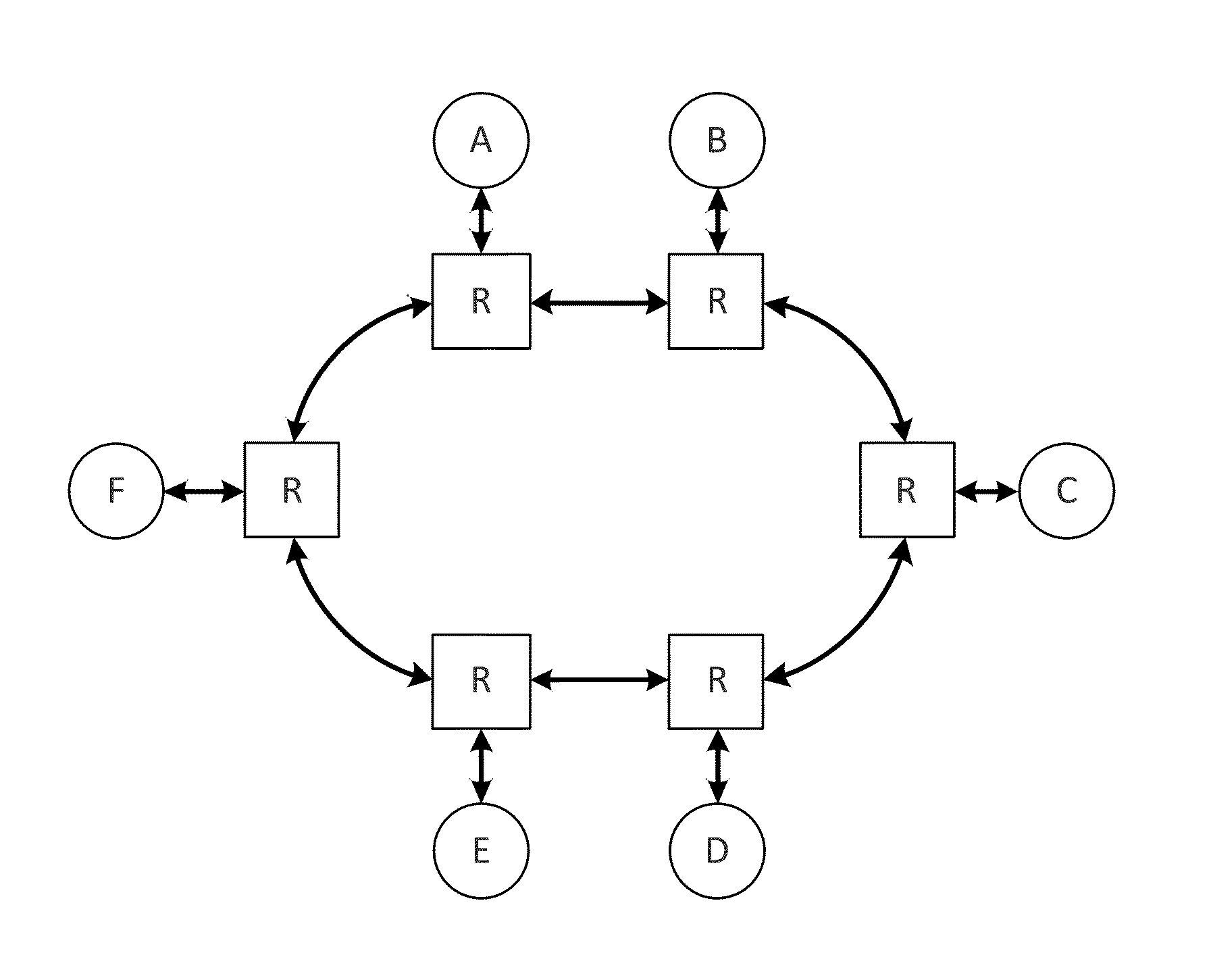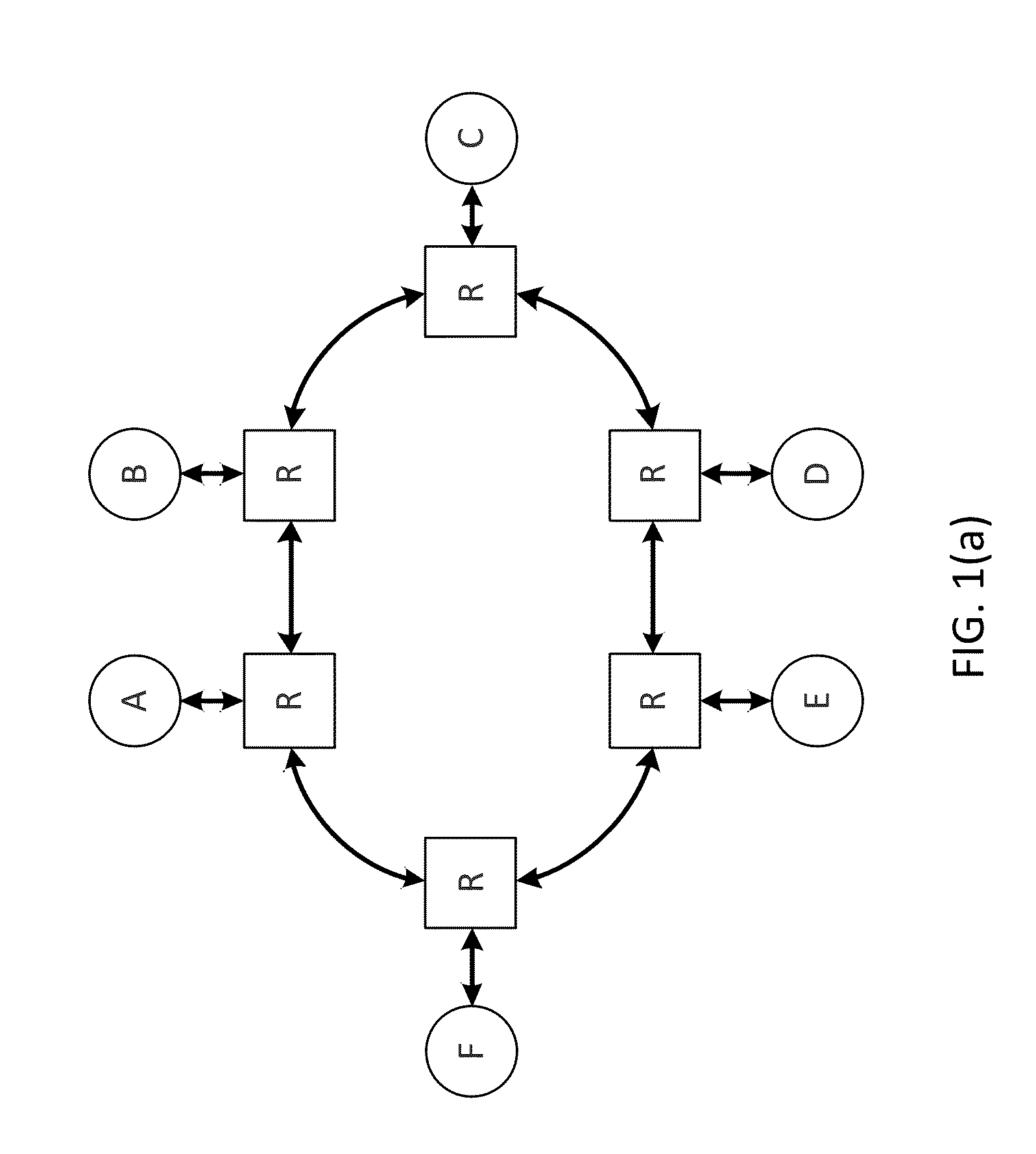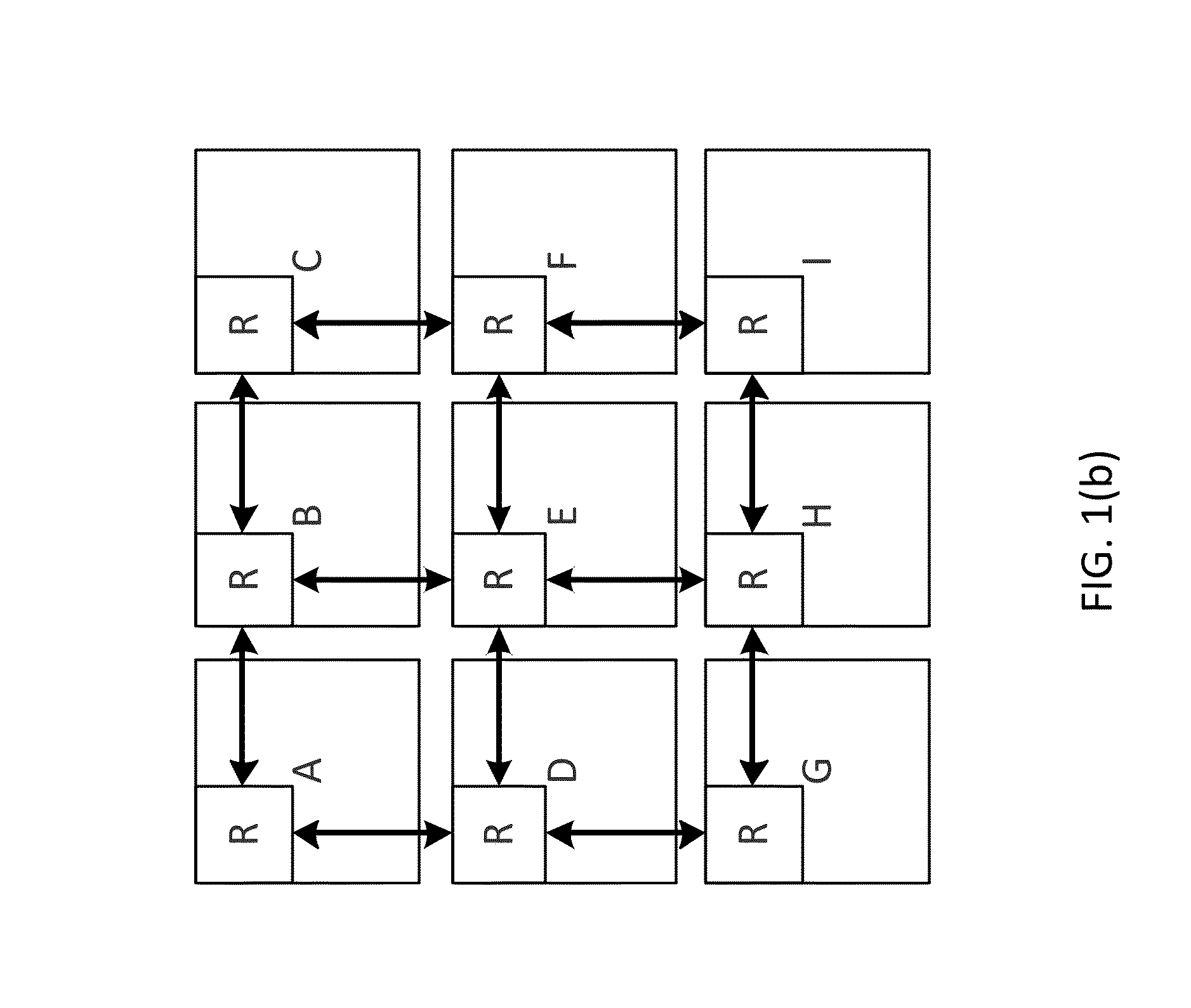Identification of internal dependencies within system components for evaluating potential protocol level deadlocks
a technology of internal dependencies and system components, applied in the field of interconnect architecture, can solve problems such as complexity in analysis and implementation of routing forms, affecting the performance of the system, and the inability to determine the dimension order of the routing,
- Summary
- Abstract
- Description
- Claims
- Application Information
AI Technical Summary
Benefits of technology
Problems solved by technology
Method used
Image
Examples
Embodiment Construction
[0048]The following detailed description provides further details of the figures and exemplary implementations of the present application. Reference numerals and descriptions of redundant elements between figures are omitted for clarity. Terms used throughout the description are provided as examples and are not intended to be limiting. For example, use of the term “automatic” may involve fully automatic or semi-automatic implementations involving user or administrator control over certain aspects of the implementation, depending on the desired implementation of one of ordinary skill in the art practicing implementations of the present application.
[0049]Applications running on large multi-core systems can result in a variety of messages flowing between various transmit and receive channels of various cores. When a message arrives at the receive channel, also referred to as incoming interface channel hereinafter, of a core, the message is accepted for processing. Often during the proc...
PUM
 Login to View More
Login to View More Abstract
Description
Claims
Application Information
 Login to View More
Login to View More - R&D
- Intellectual Property
- Life Sciences
- Materials
- Tech Scout
- Unparalleled Data Quality
- Higher Quality Content
- 60% Fewer Hallucinations
Browse by: Latest US Patents, China's latest patents, Technical Efficacy Thesaurus, Application Domain, Technology Topic, Popular Technical Reports.
© 2025 PatSnap. All rights reserved.Legal|Privacy policy|Modern Slavery Act Transparency Statement|Sitemap|About US| Contact US: help@patsnap.com



